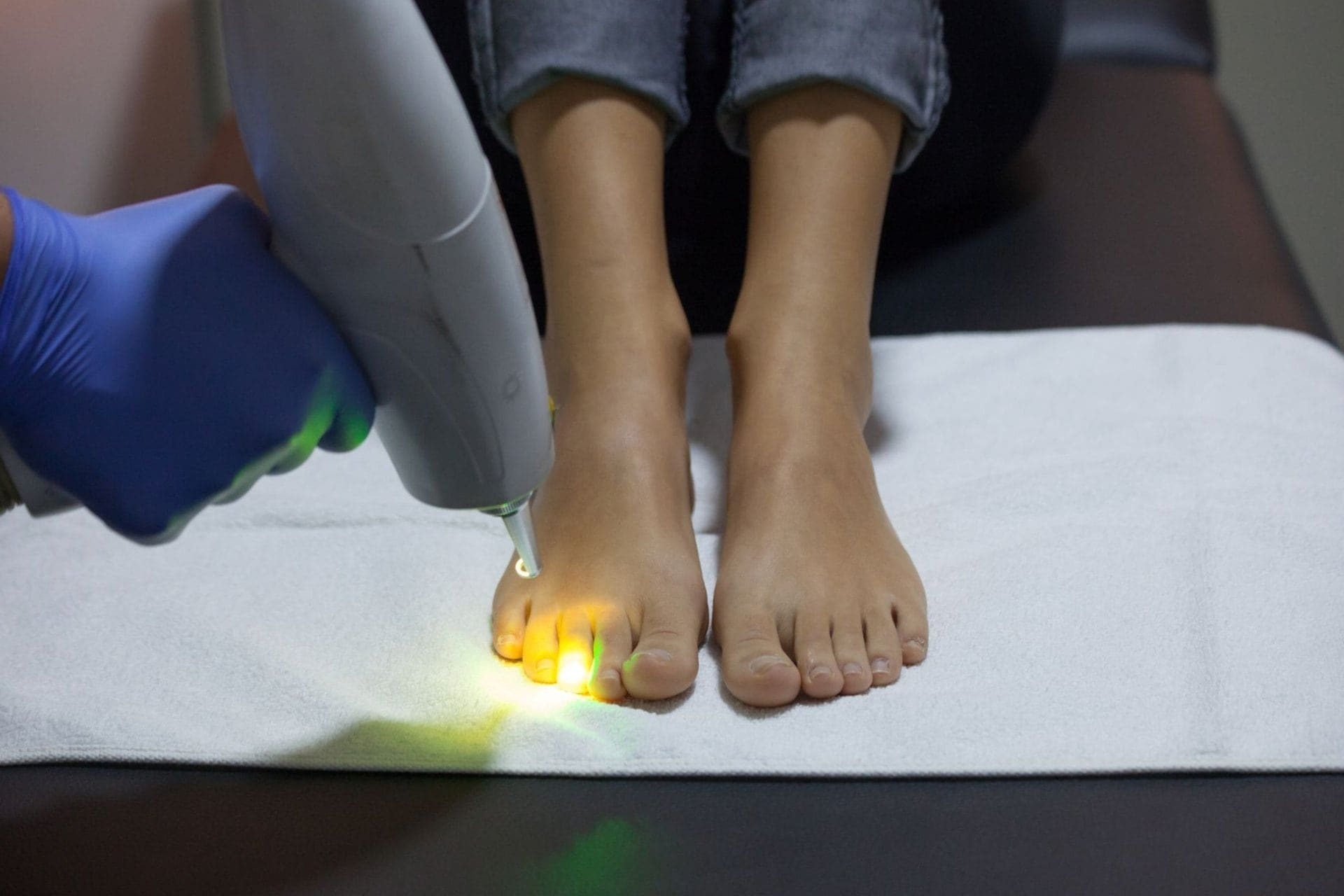Laser nail fungus treatment can effectively reduce the symptoms of nail deterioration caused by a fungal infection. Improvement can be seen as early as three weeks after treatment. After that, continuous improvement will occur. Fingernails take about six to nine months to grow out fully. This process is a safer alternative to oral antifungal medications, which may cause other serious medical problems. In addition, laser treatments are generally cheaper than other treatment methods. If you consider a toe fungus treatment near me, find here what is best for you.
Ti: sapphire laser:
The Ti: Sapphire laser is a solid-state laser with a pulse duration of 200 femtoseconds. It can inhibit fungi growth with a minimum fluence of 7 x 1031 photons m-2*s-1. In laboratory experiments, it is effective against nail fungus. Furthermore, it can spare healthy tissues from excessive heating, making it a great choice for nail fungus treatment.
Erbium: YAG laser:
The Erbium: YAG laser is a long-pulsed laser with a pulse duration of about 35 milliseconds and a spot size of four millimeters. The laser has a frequency of 1.0 Hz and an energy fluence of about 35-40 J/cm2. The treatment has a 97.5% clearing rate after four treatments, and the femtosecond pulse duration allows for minimal heating of the surrounding tissue.
Q-switched laser:
The advantage of the Q-Switched laser is its ability to target and kill the fungus, thus eliminating the need for systemic medications. These drugs require blood tests to ensure that they do not damage your liver. Laser treatment also offers a less invasive alternative to traditional treatment methods, including nail filing and extraction. A Q-switched laser, also known as a long pulse Nd-YAG laser, can kill the fungus in the nail plate without damaging the surrounding tissue.
Lunula Laser:
Even though this type of treatment is not completely painless, it can effectively cure toenail fungus. The treatment is drug-free and does not have the same health risks as oral antifungal medications. Lasers are safe and effective, and the latest technology has no known side effects. A recent study using the latest generation of laser equipment showed a ninety percent success rate and cure rates of 95%, compared to forty to eighty percent for common systemic antimycotic drugs.
